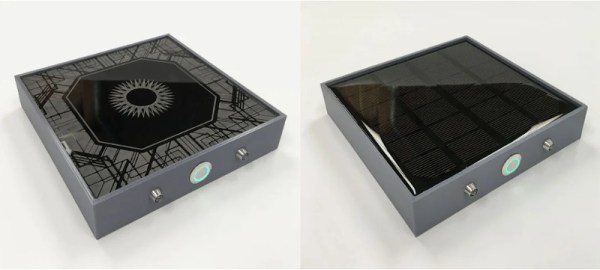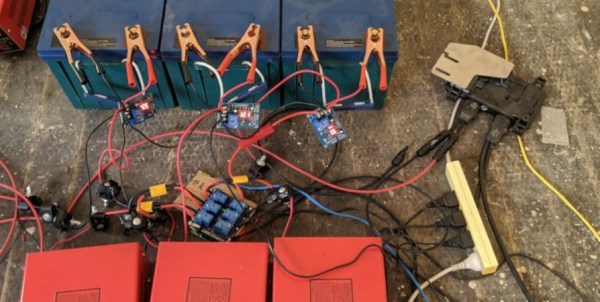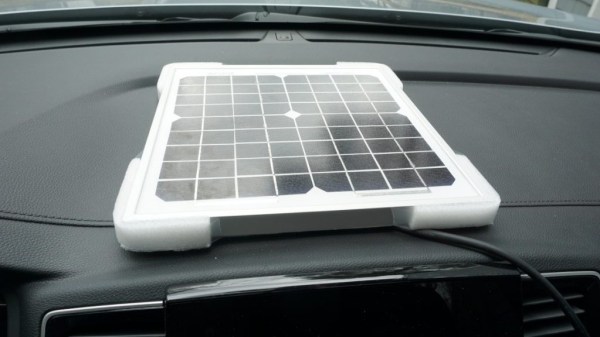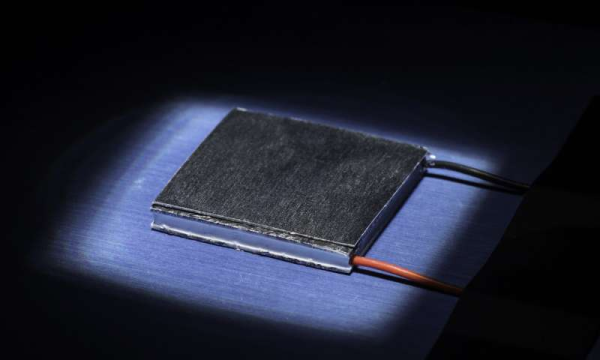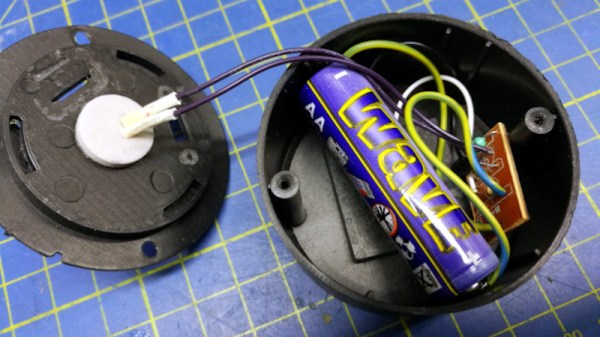Charging pads are now a common, popular way to charge small devices. They have the benefit of reducing wear on connectors and being easier to use. [bcschmi6] decided to build a solar powered charging pad, which should come in handy when out and about.
The build uses a 3 W square solar panel, hooked up to an Adafruit solar charging board. This charges a pair of 18650 lithium batteries. The batteries only put out a maximum of 4.2 V, so they’re hooked up to a boost converter to get the output a little higher, up to 5.2 V. The output of the boost converter is then hooked up to a charging pad harvested from an Anker charger, and it’s all wrapped up in a tidy 3D printed frame.
We imagine the device would be great for camping. It could be left charging in the sun during the day, before being flipped over and used as a charging pad at night. It would be easy to build a bigger version for charging several phones at once, too. If you want to build your own charging coils, that’s a thing, too. And if you’ve got your own solar project cooking up as we head into summer, be sure to let us know!

